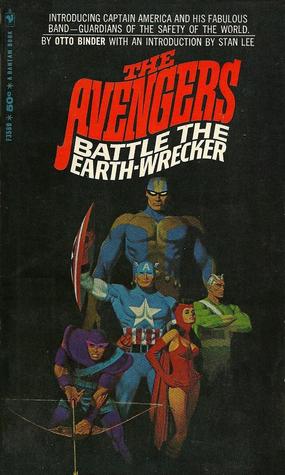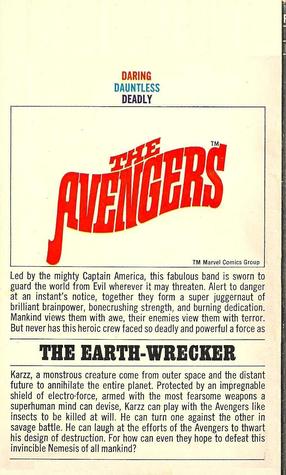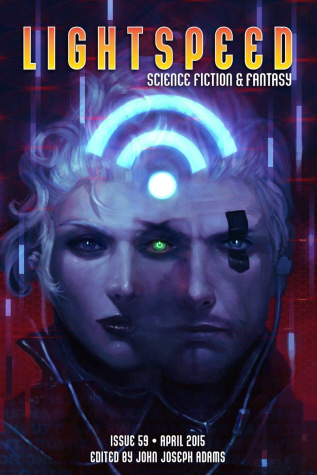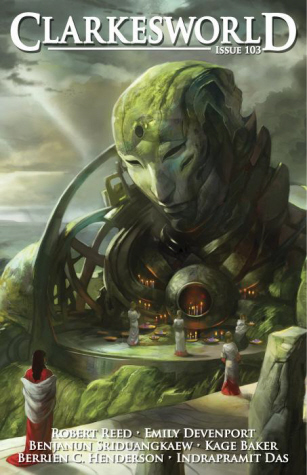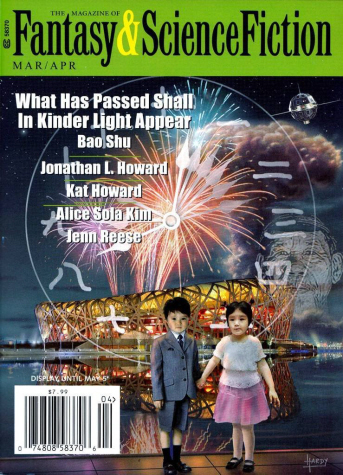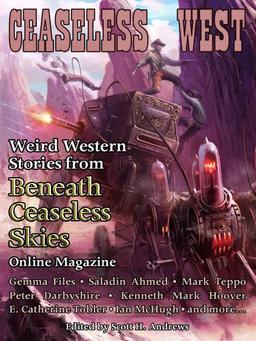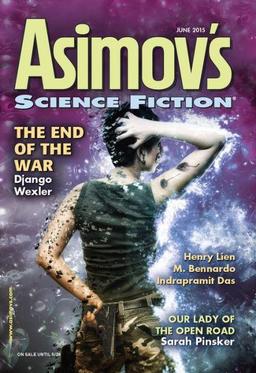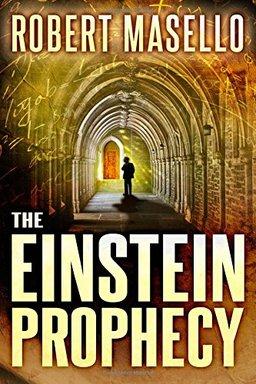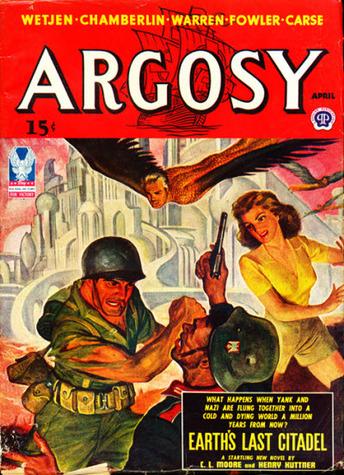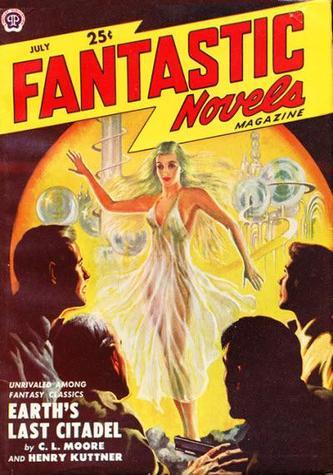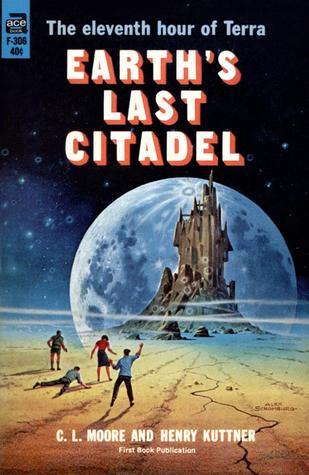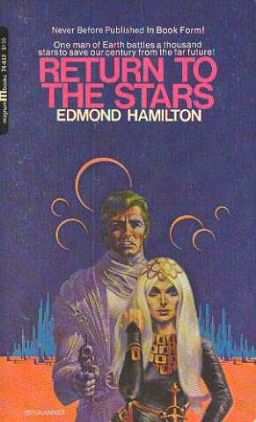Self-published Book Review: The Shard by Ted Cross
If you have a book you’d like me to review, please see the submission guidelines here.
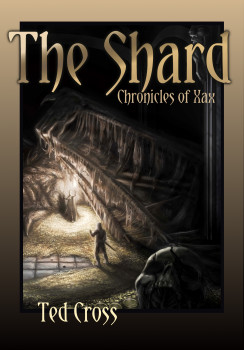 Ted Cross’s The Shard takes place in a world of elves, dwarves, and humans. Millenia ago, dwarves and elves warred against one another with devastating losses on both sides. Only when it was almost too late did they realize that they had been tricked by the corrupted wizard Bilach, leaving themselves vulnerable to his conquering armies. They combined forces and defeated Bilach. Afterward, the remaining wizards created a tower called the Spire of Light, with a great crystal atop enchanted to encourage peace. Centuries later, the dragon came and destroyed the tower and the crystal. Now a new threat has appeared, and the only way to defeat it is to find the sole remaining shard of the crystal, hidden in the lair of the dragon who destroyed it.
Ted Cross’s The Shard takes place in a world of elves, dwarves, and humans. Millenia ago, dwarves and elves warred against one another with devastating losses on both sides. Only when it was almost too late did they realize that they had been tricked by the corrupted wizard Bilach, leaving themselves vulnerable to his conquering armies. They combined forces and defeated Bilach. Afterward, the remaining wizards created a tower called the Spire of Light, with a great crystal atop enchanted to encourage peace. Centuries later, the dragon came and destroyed the tower and the crystal. Now a new threat has appeared, and the only way to defeat it is to find the sole remaining shard of the crystal, hidden in the lair of the dragon who destroyed it.
Wisely, the author doesn’t lay out the ancient history quite so directly as I’ve done here. Told this way, it seems too simple, too familiar. Instead, the history is told in bits and pieces, not through the eyes of the elves or the dwarves, but through the perspective of the humans, who came late to the region and saw the coming of the dragon, but know little of the history behind what it destroyed. In a sense, the story is told backward, each new story a revelation farther into the past, shedding light on a new person’s or people’s origin and role.
At the center of the large cast of characters is Midas. A lord of a minor holding, he is still mourning the loss of his son Miros when he discovers that someone is attempting to spark a war between the humans and the elves. He knows right away that such an act is foolhardy, and he makes contacts with the elves in order to try to ease tensions. The elf lady Alvanaria is eager to help keep the peace, but ultimately it’s the appearance of a new threat that prevents humans and elves from going to war. An army of wyrmen is rapidly approaching, and it will take humans, elves, and dwarves to stop them. But first, Midas, his sons, Alvanaria, the wizard Xax, and their companions will need to retrieve the shard of the Spire of Light from the dragon’s lair.
